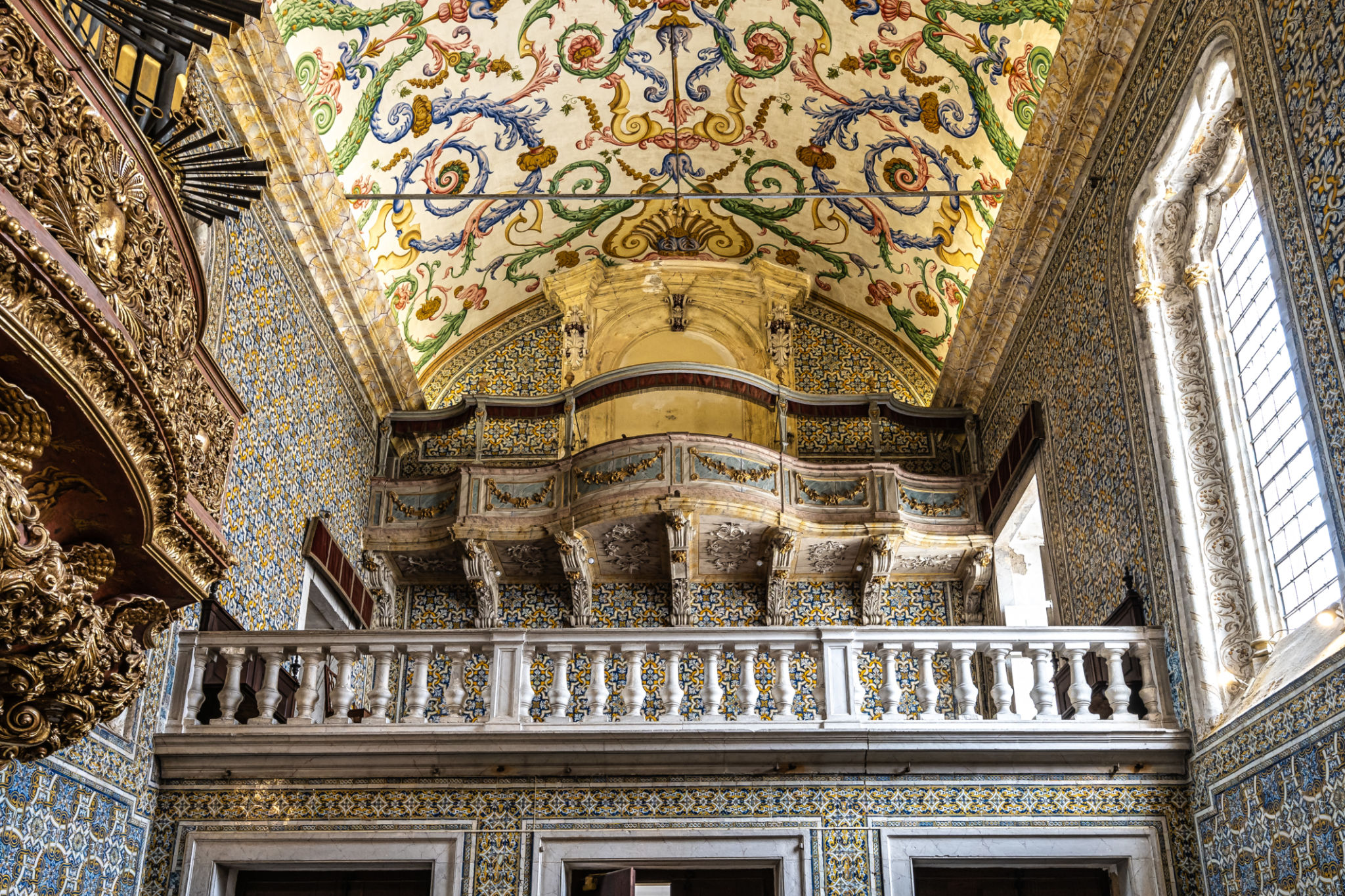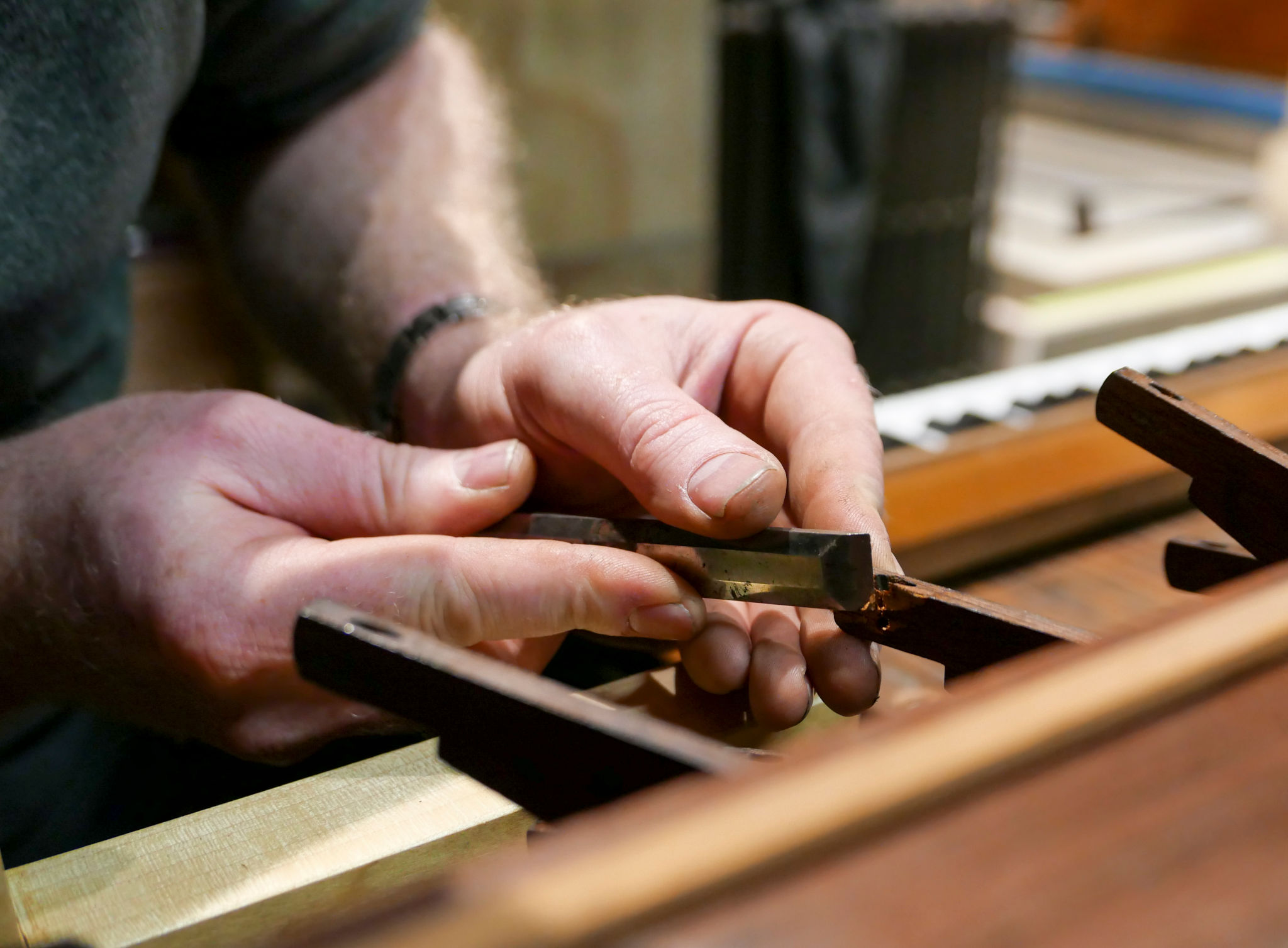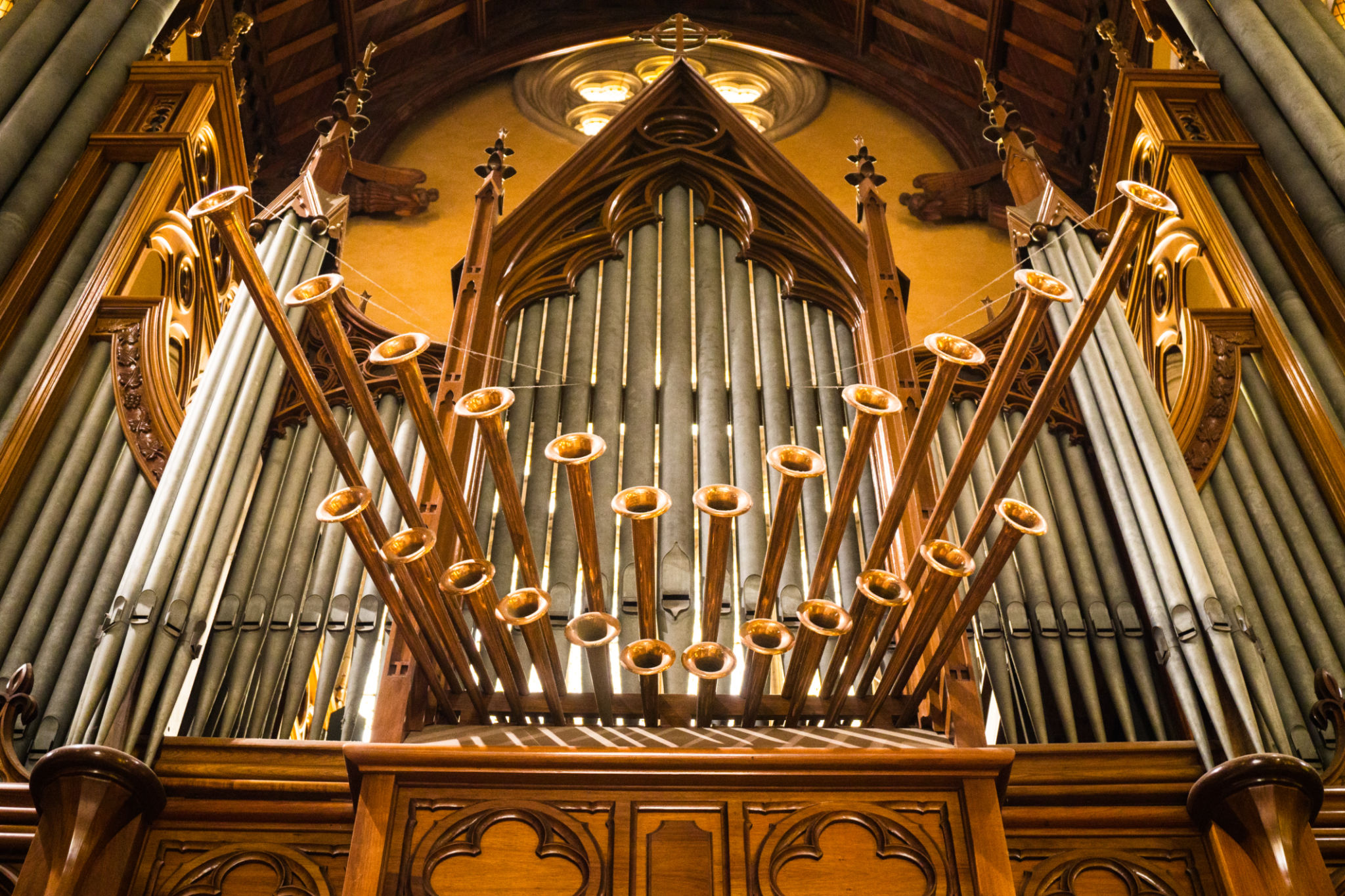Why Pipe Organs Are a Timeless Treasure in Portugal
The Historical Significance of Pipe Organs in Portugal
In Portugal, the pipe organ is not just a musical instrument; it is an integral part of the nation's cultural and historical tapestry. The grandeur of these instruments can be traced back to the 16th century, a period marked by the Portuguese Renaissance. During this time, churches and cathedrals became the epicenters of artistic expression, and the pipe organ was a centerpiece in these sacred spaces.
The craftsmanship involved in building these organs is a testament to the skill and dedication of Portuguese artisans. Each organ was meticulously constructed to not only produce beautiful music but also to serve as a visual masterpiece, often adorned with intricate carvings and gilded details. These elements highlight the organ's dual role as both an auditory and visual spectacle.

The Unique Sound of Portuguese Pipe Organs
One of the most compelling features of the pipe organ is its distinctive sound, which can range from the softest whispers to thunderous roars. Portuguese pipe organs are renowned for their unique tonal qualities that reflect the country's diverse cultural influences. This diversity is largely due to the varied designs and materials used in their construction.
Each organ's pipes are crafted from different materials, such as wood and metal, contributing to their unique sound. The placement of these pipes within the architectural space also influences the acoustics, enhancing the auditory experience during performances. This makes each organ in Portugal a one-of-a-kind treasure.
Preservation Efforts and Cultural Importance
Preserving these historical instruments is vital to maintaining Portugal's rich musical heritage. Many organizations and communities are dedicated to restoring and maintaining these antique organs, ensuring they remain functional for future generations to enjoy. Preservation efforts often include meticulous cleaning, repairing damaged pipes, and restoring decorative elements to their original splendor.

The cultural impact of these preservation projects extends beyond music. It fosters a deeper appreciation for historical architecture and traditional craftsmanship, educating younger generations about their cultural roots. These efforts highlight the importance of safeguarding historical artifacts as living pieces of history.
Experiencing the Magic of Pipe Organs
Visitors to Portugal have the unique opportunity to experience the magic of pipe organs firsthand. Many churches and cathedrals offer regular concerts, allowing audiences to enjoy the rich, resonant sounds of these magnificent instruments in their intended setting. Listening to a live performance is an immersive experience that transports listeners back in time.
For those unable to attend a concert, guided tours often provide insight into the history and construction of these organs. These tours offer a behind-the-scenes look at the inner workings of the instrument, revealing the complexity and artistry involved in their creation.

The Future of Pipe Organs in Portugal
As we look to the future, it is clear that pipe organs will continue to be cherished cultural treasures in Portugal. The growing interest in classical music and historical preservation ensures that these instruments will remain relevant for future generations. Additionally, innovations in technology may introduce new possibilities for organ construction and performance.
Efforts to integrate modern technology with traditional craftsmanship could lead to exciting developments in organ design, while still honoring the rich history of these remarkable instruments. The timeless allure of pipe organs in Portugal is a testament to their enduring legacy, captivating audiences with their majestic presence and unparalleled sound.
